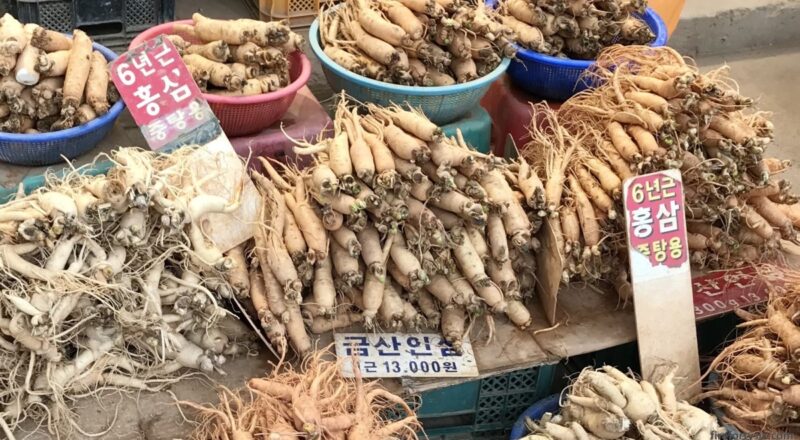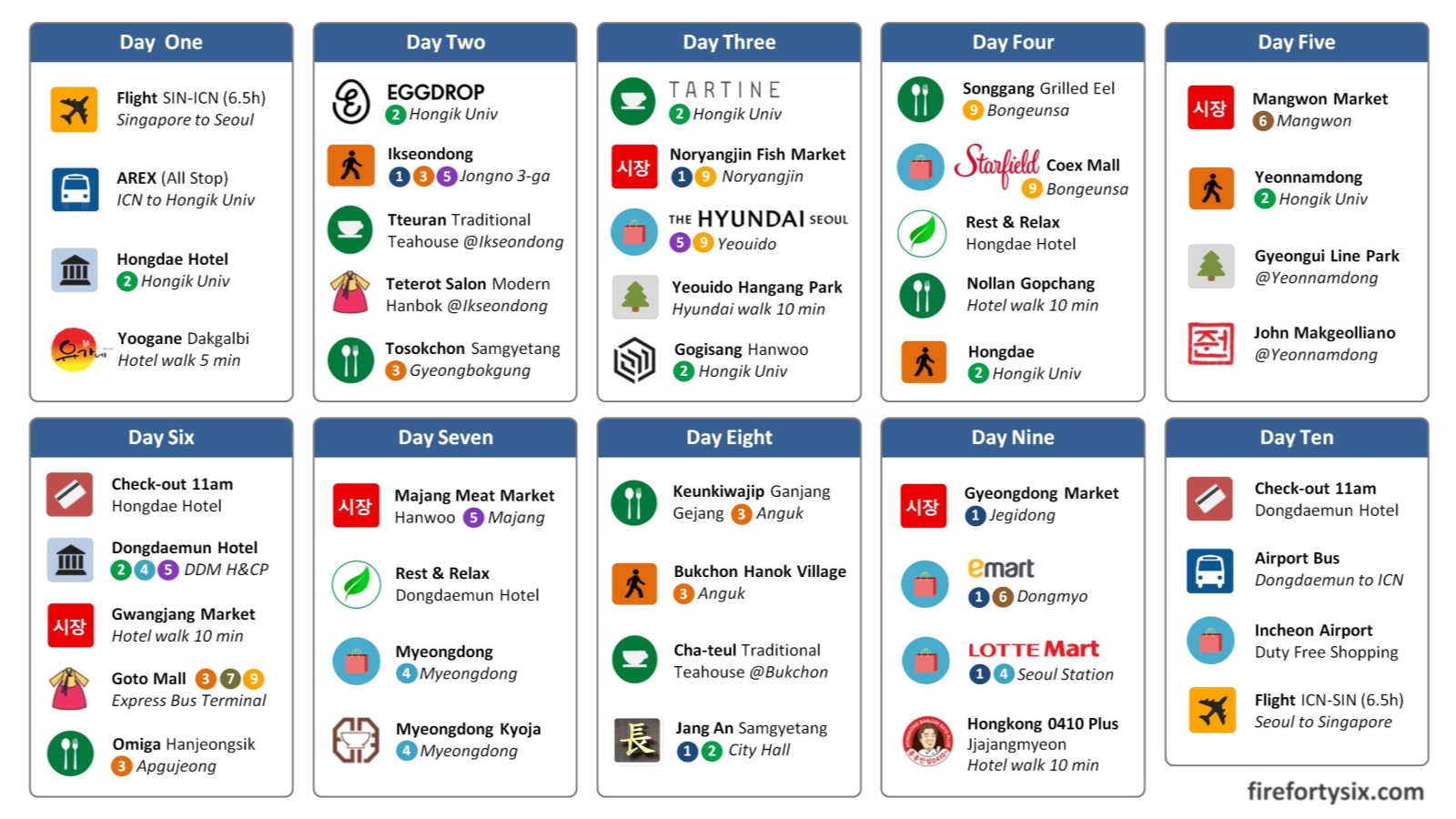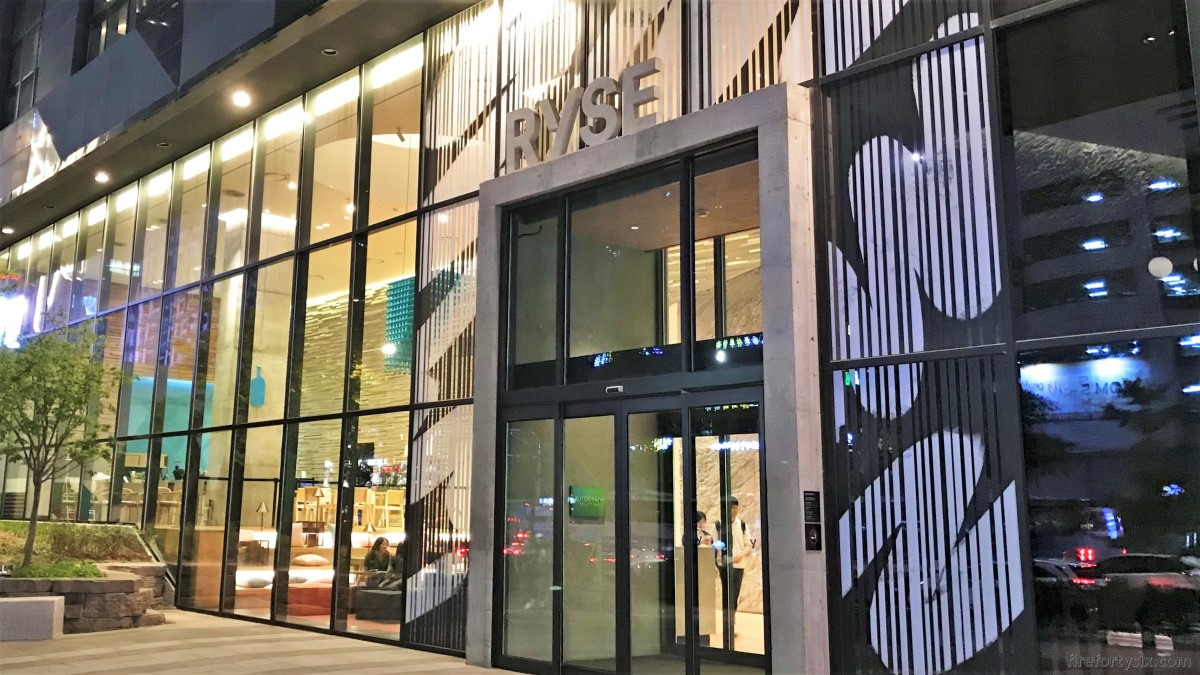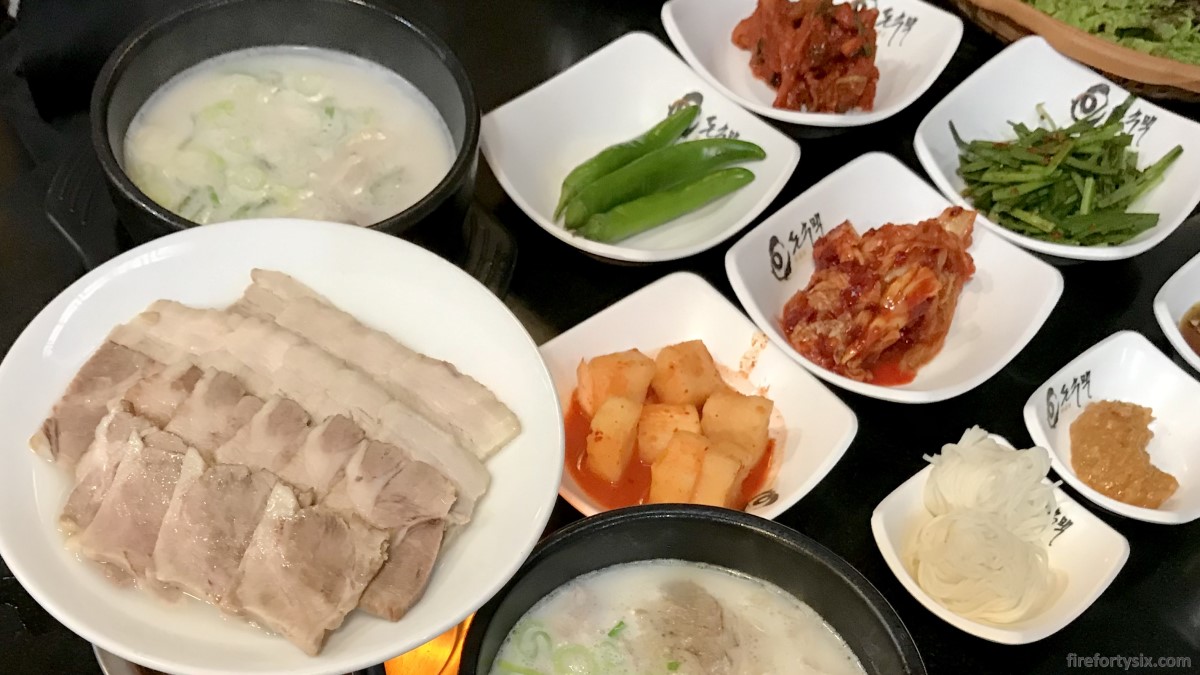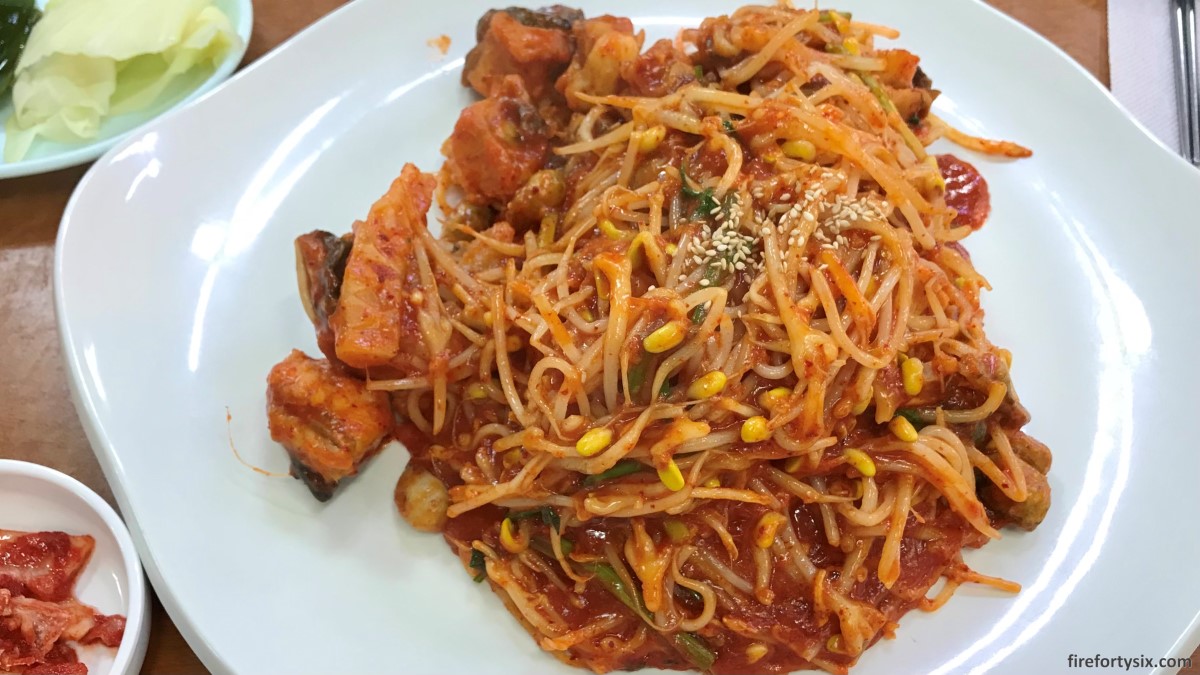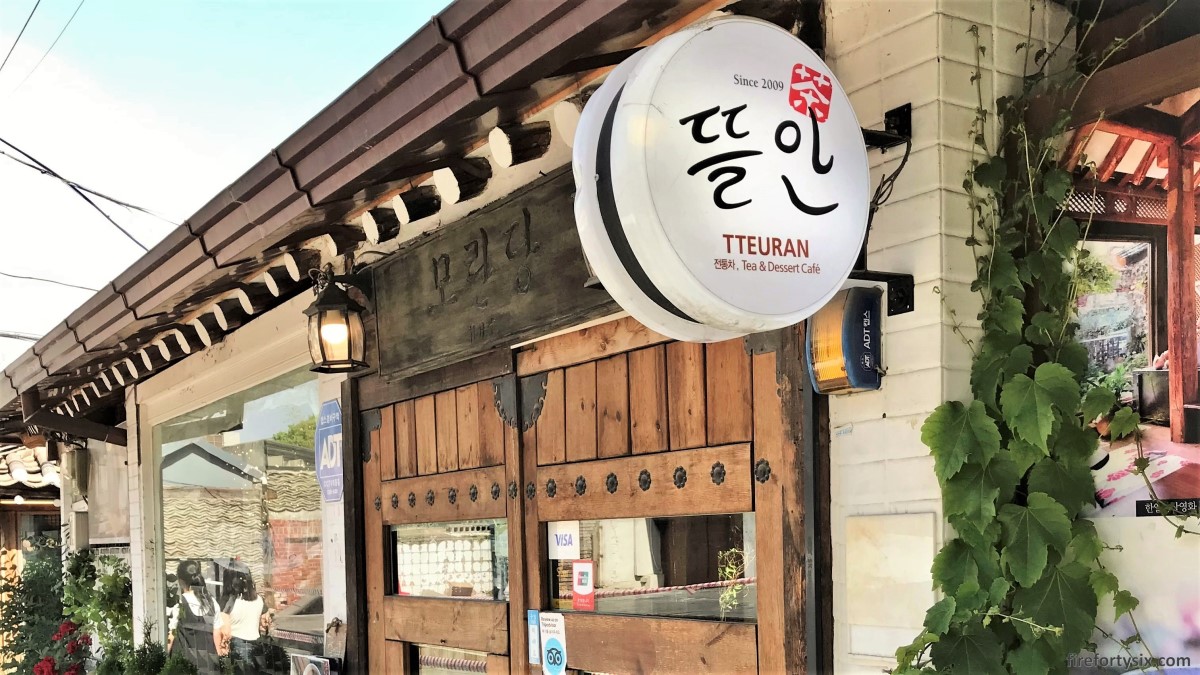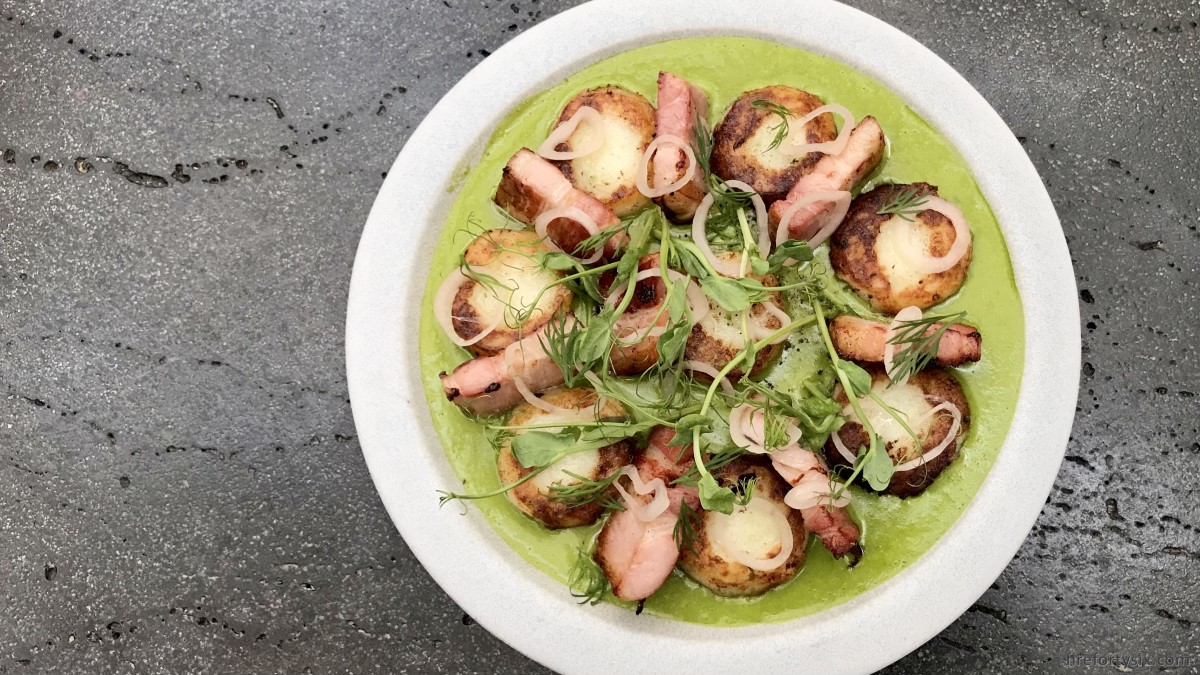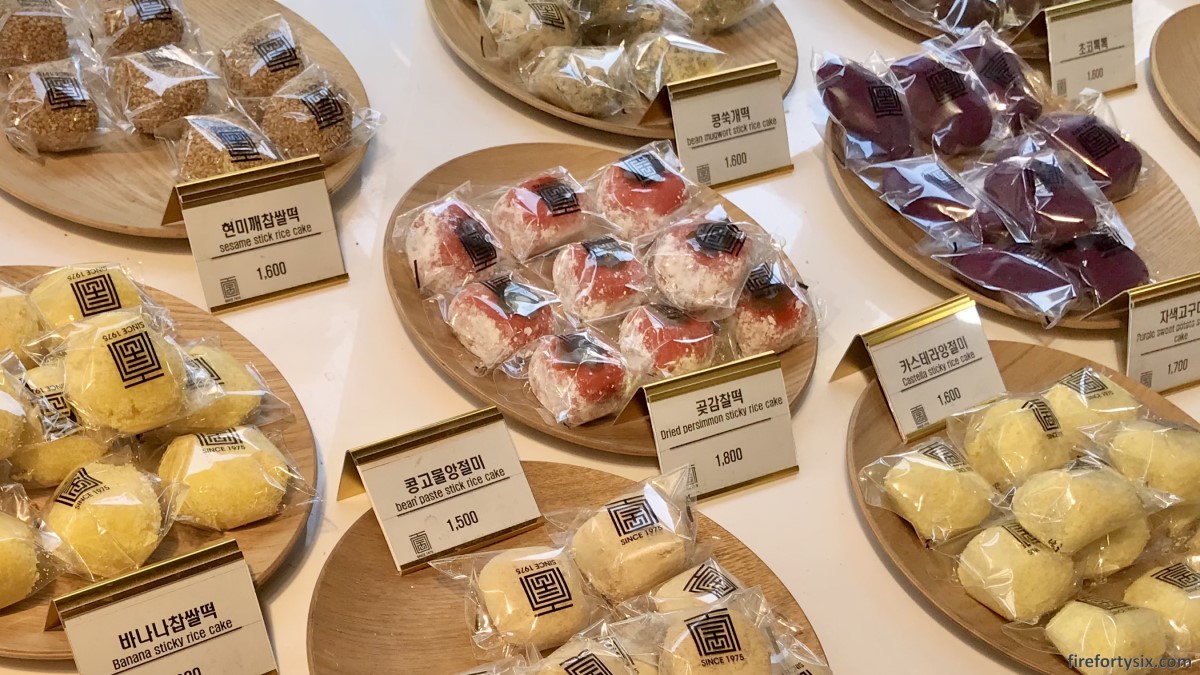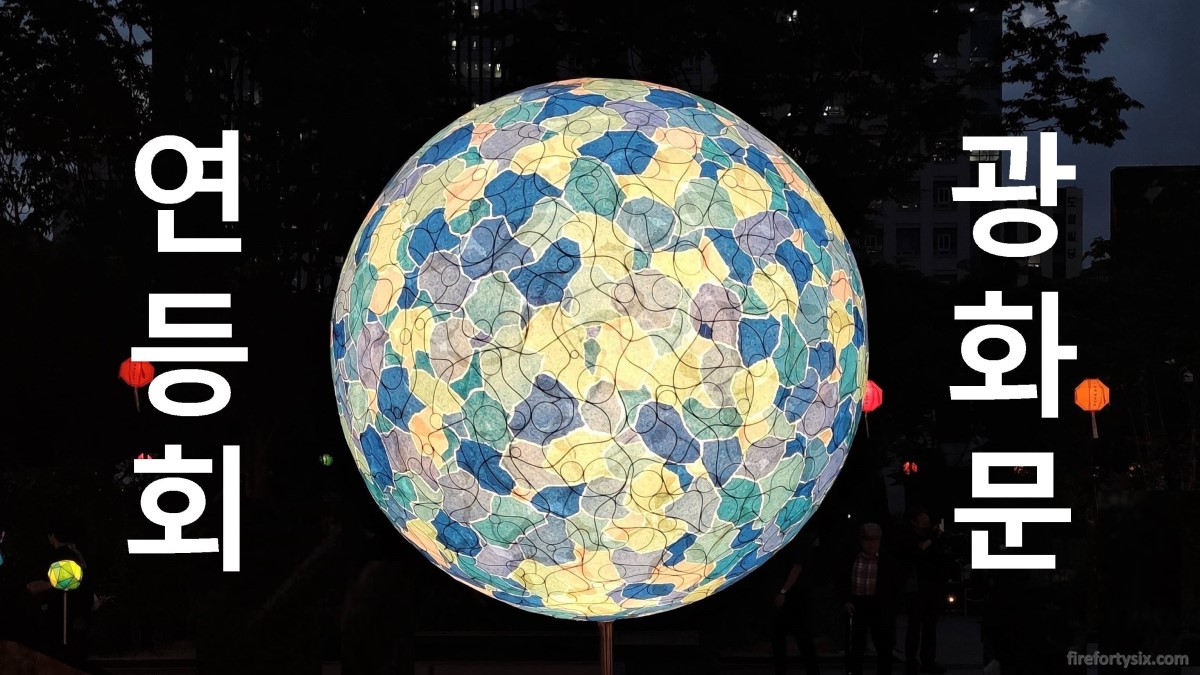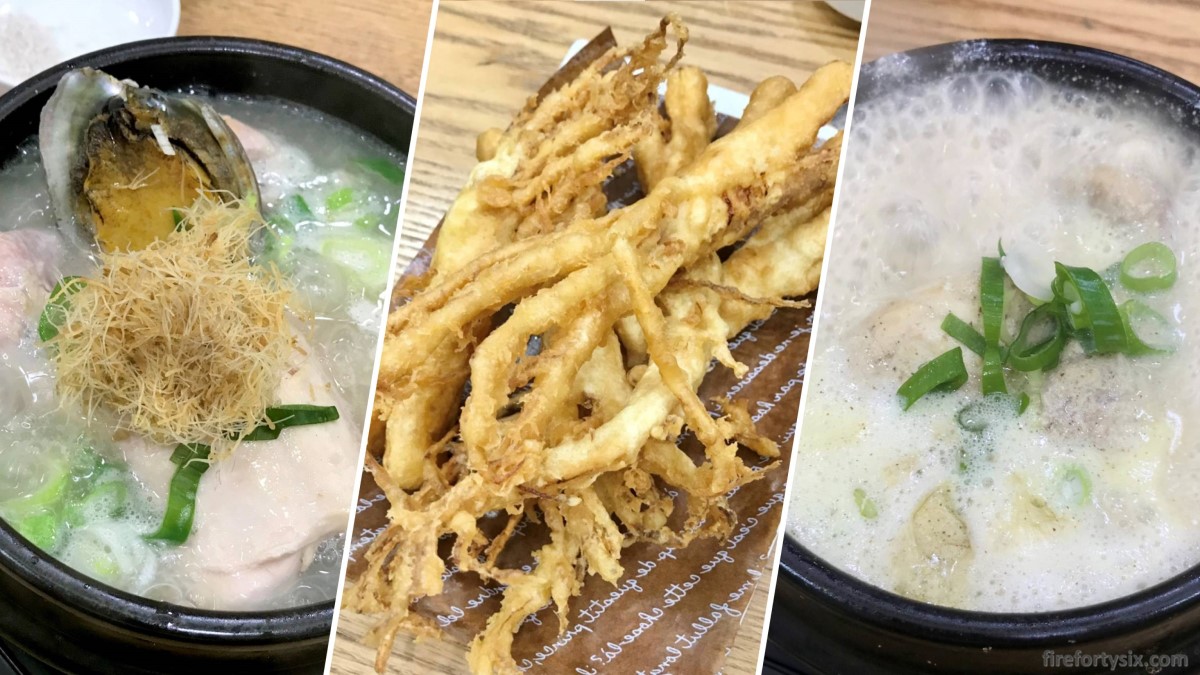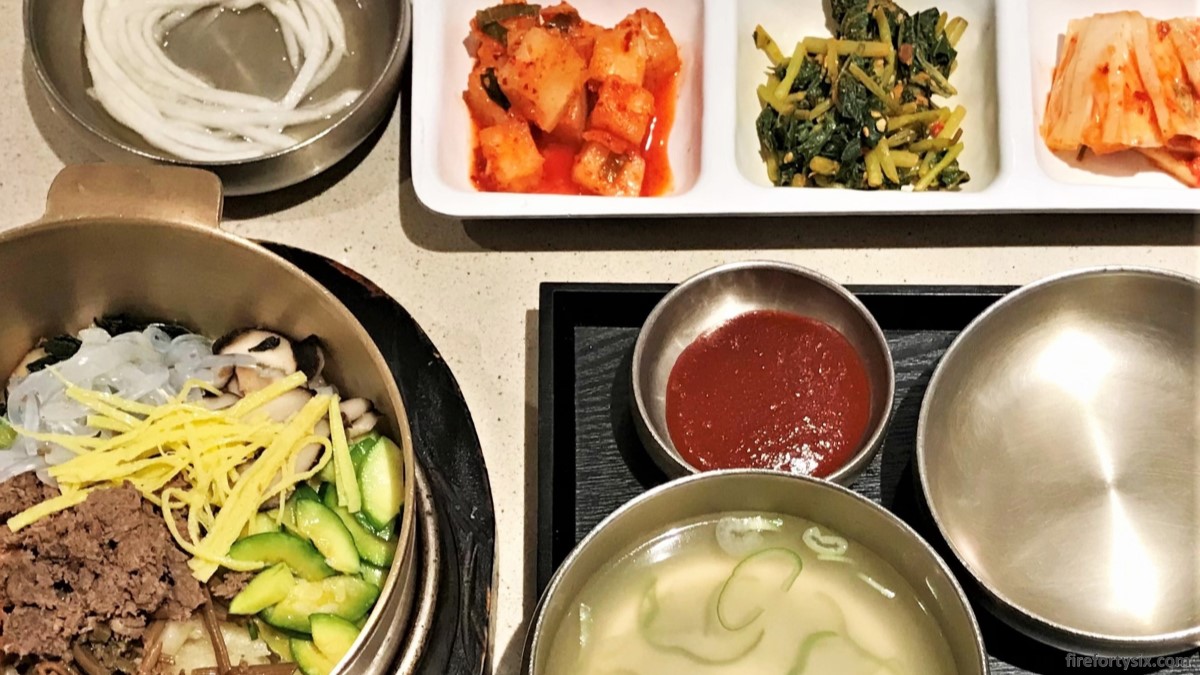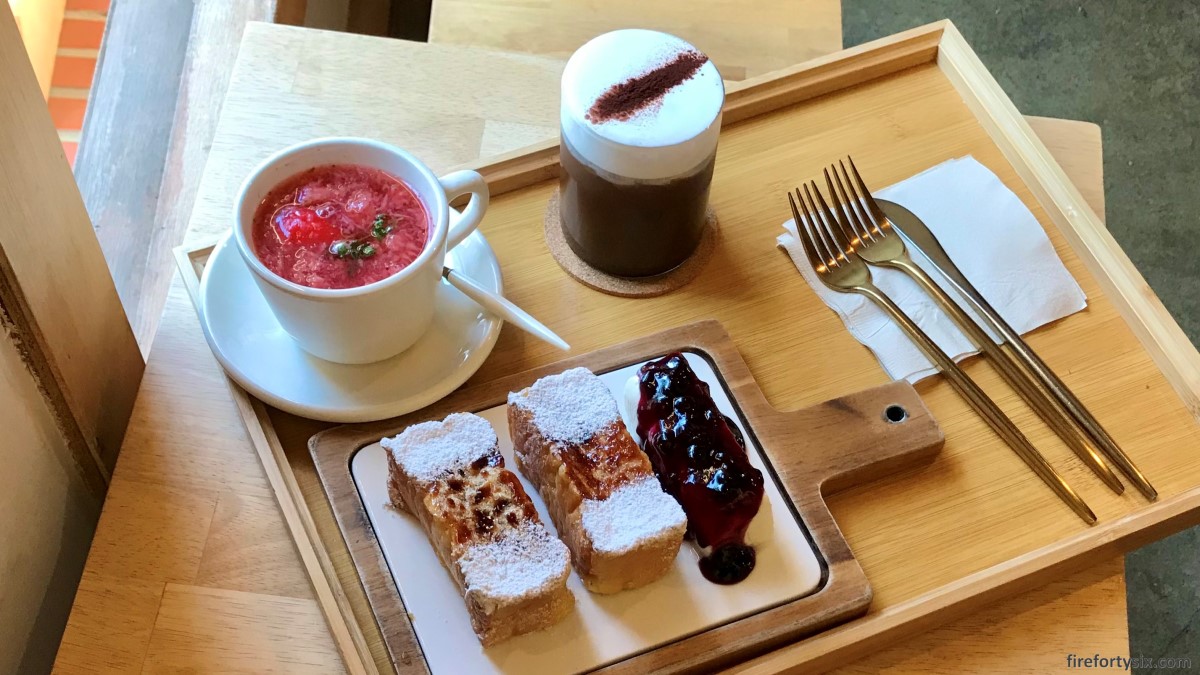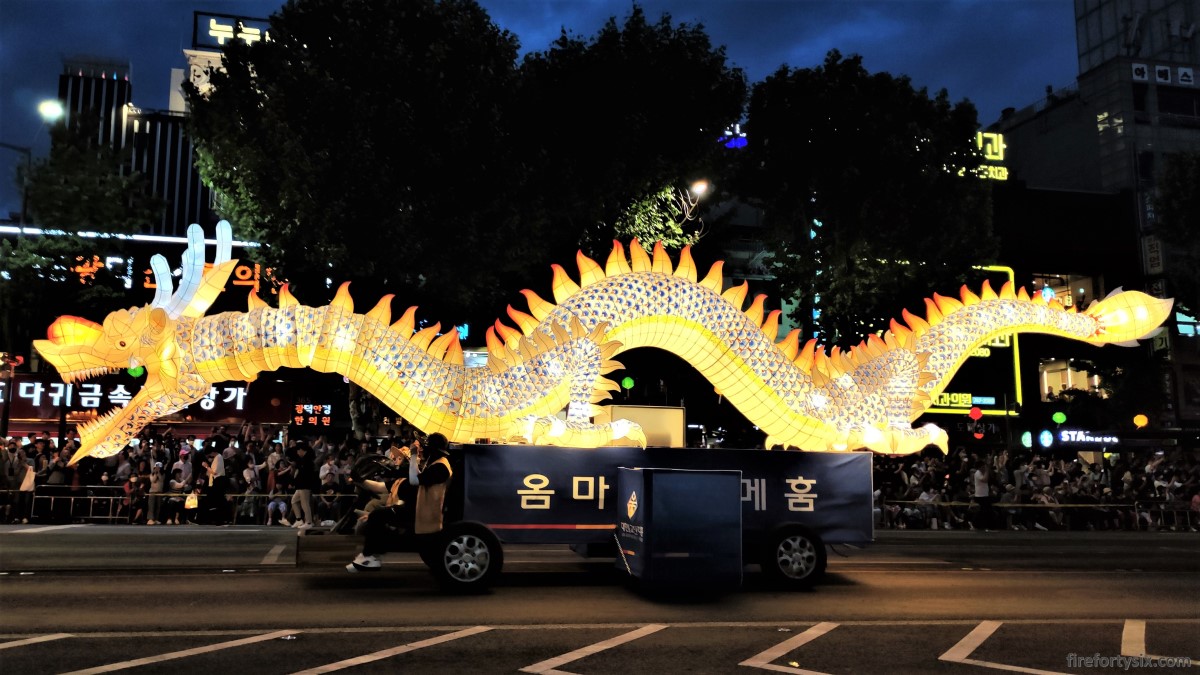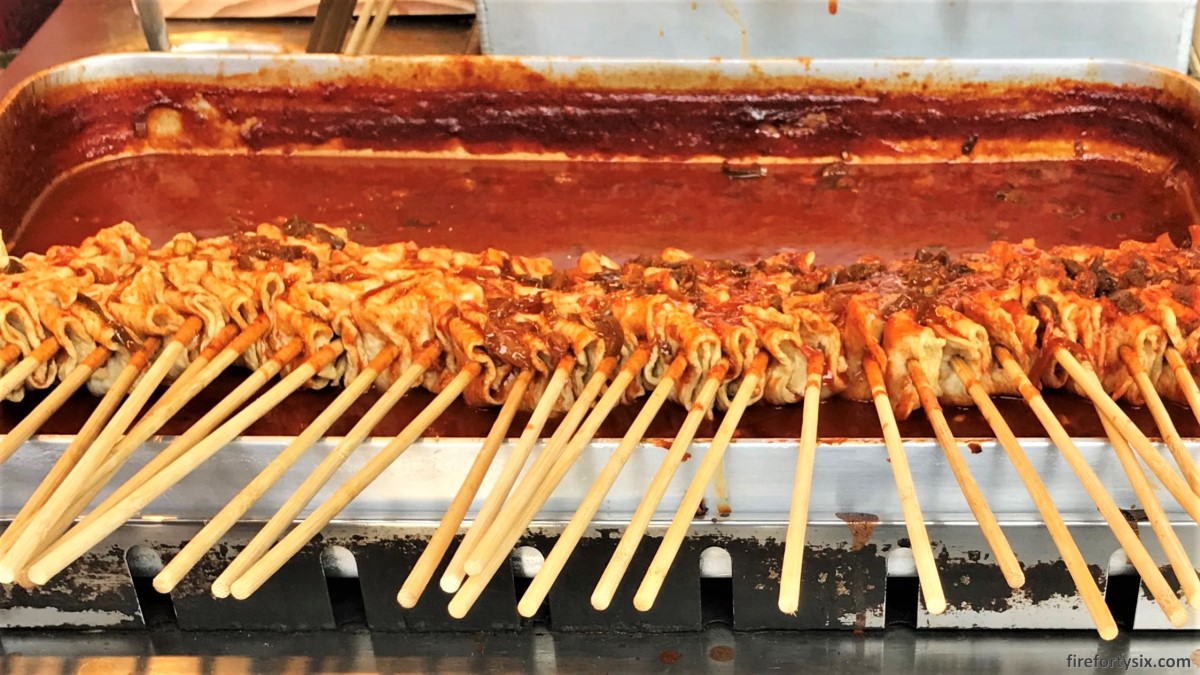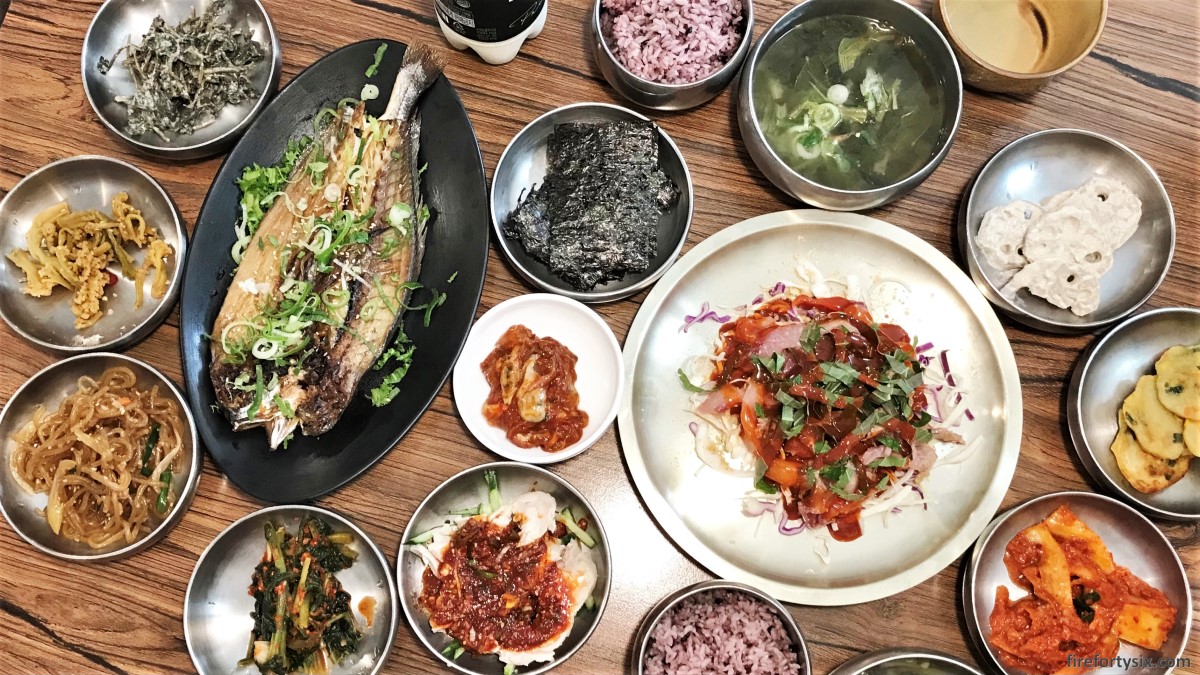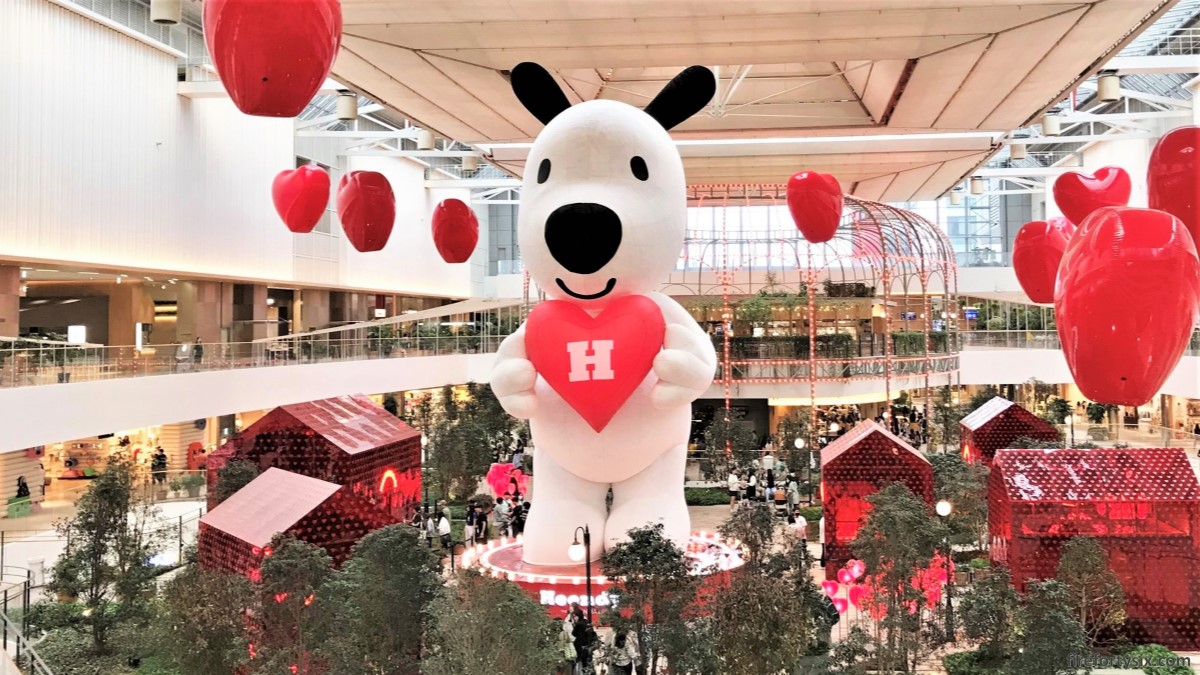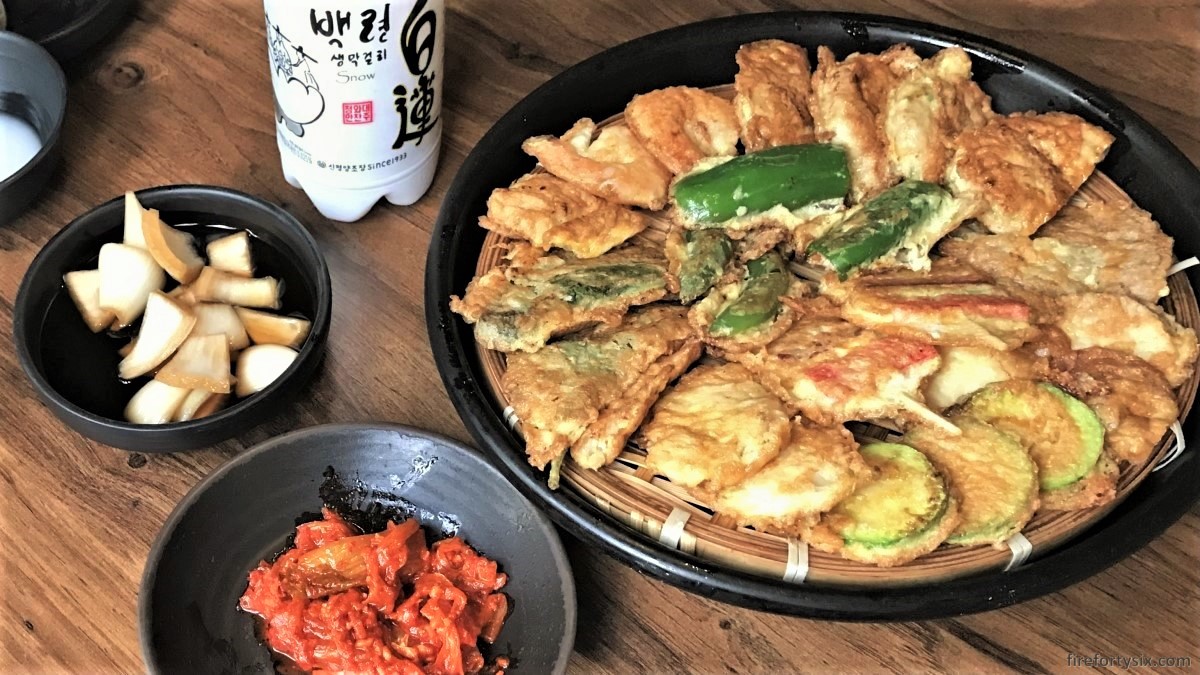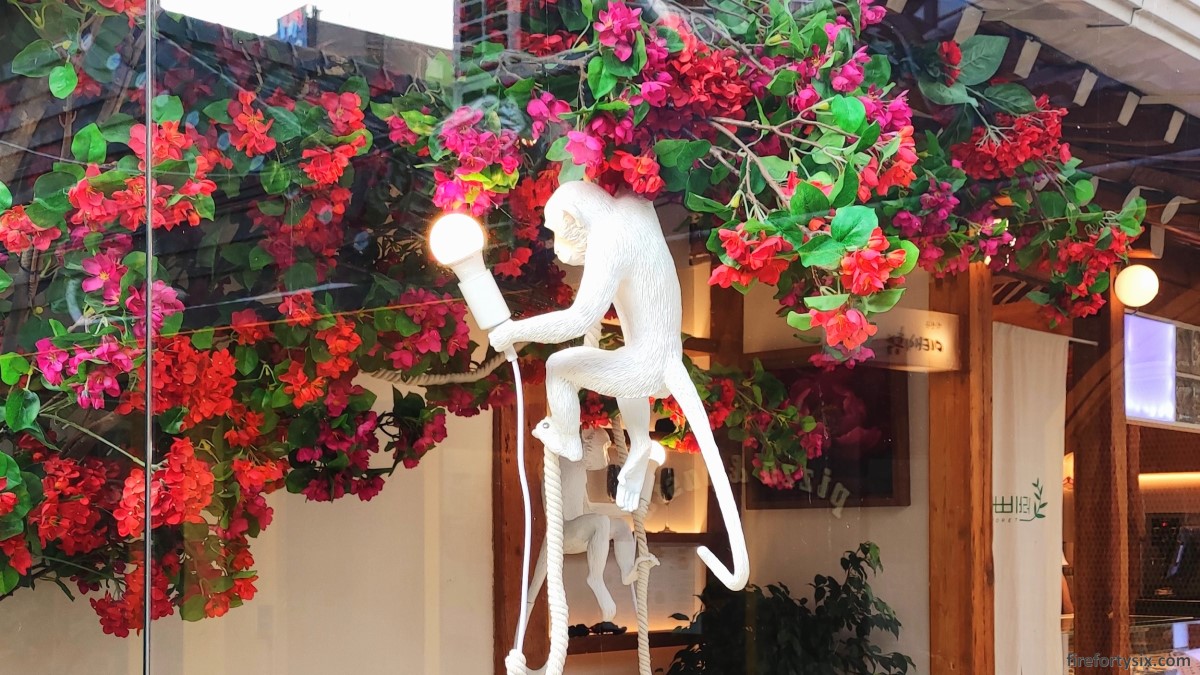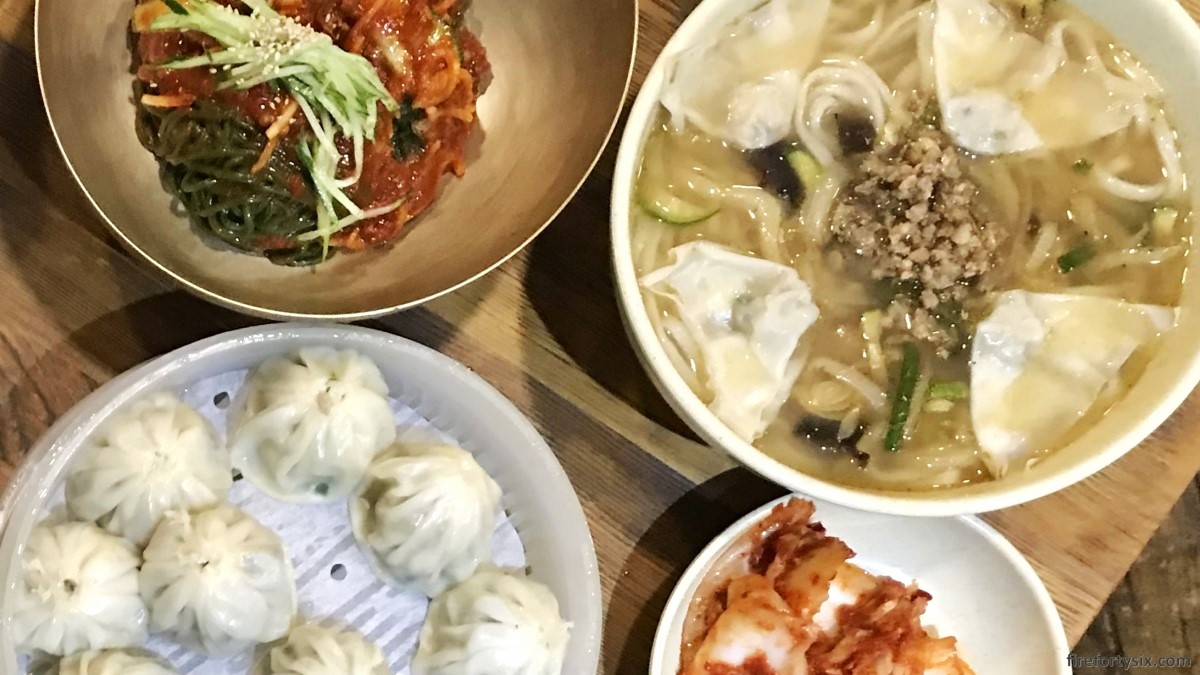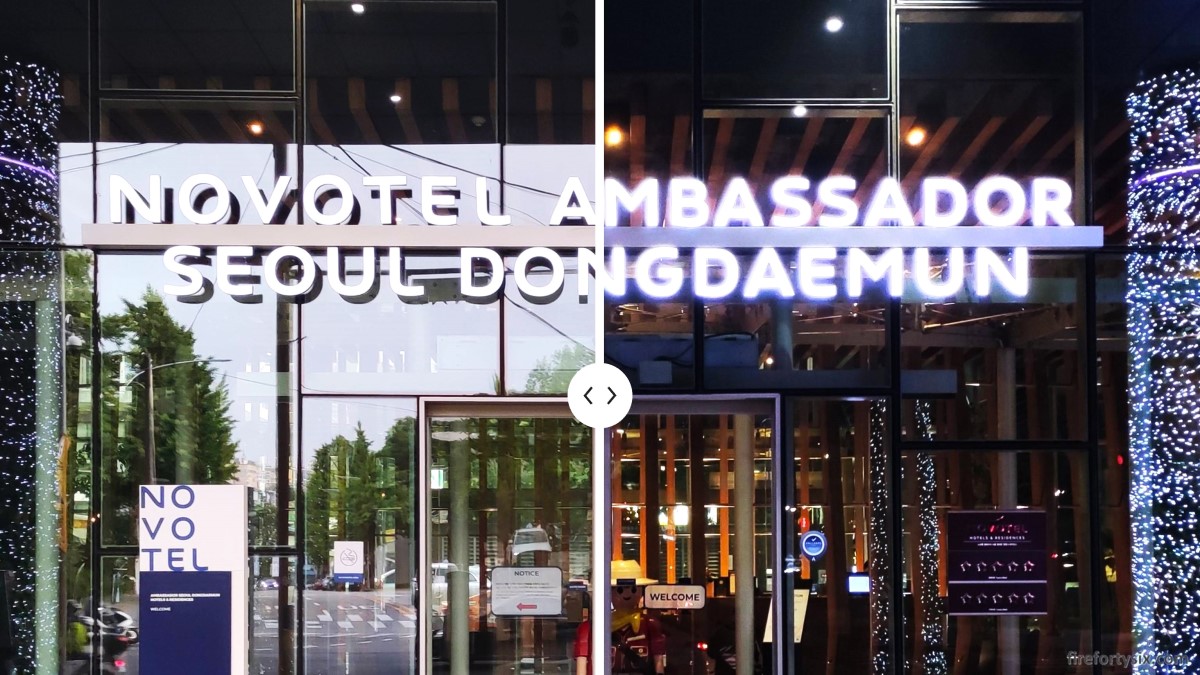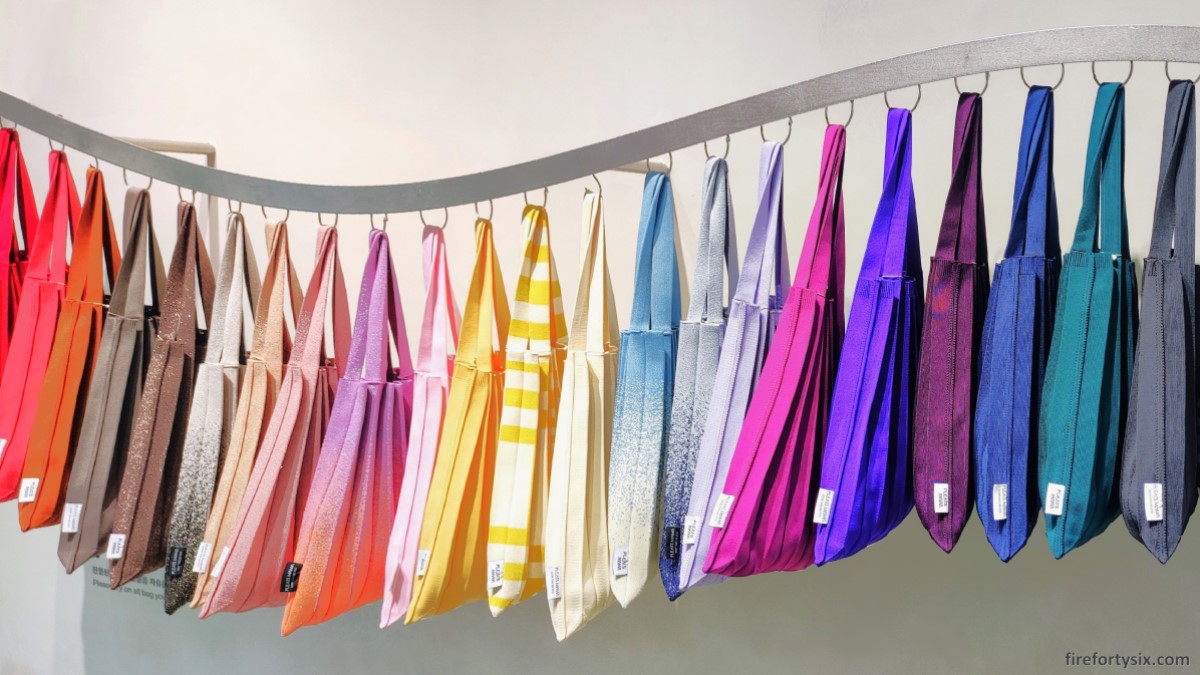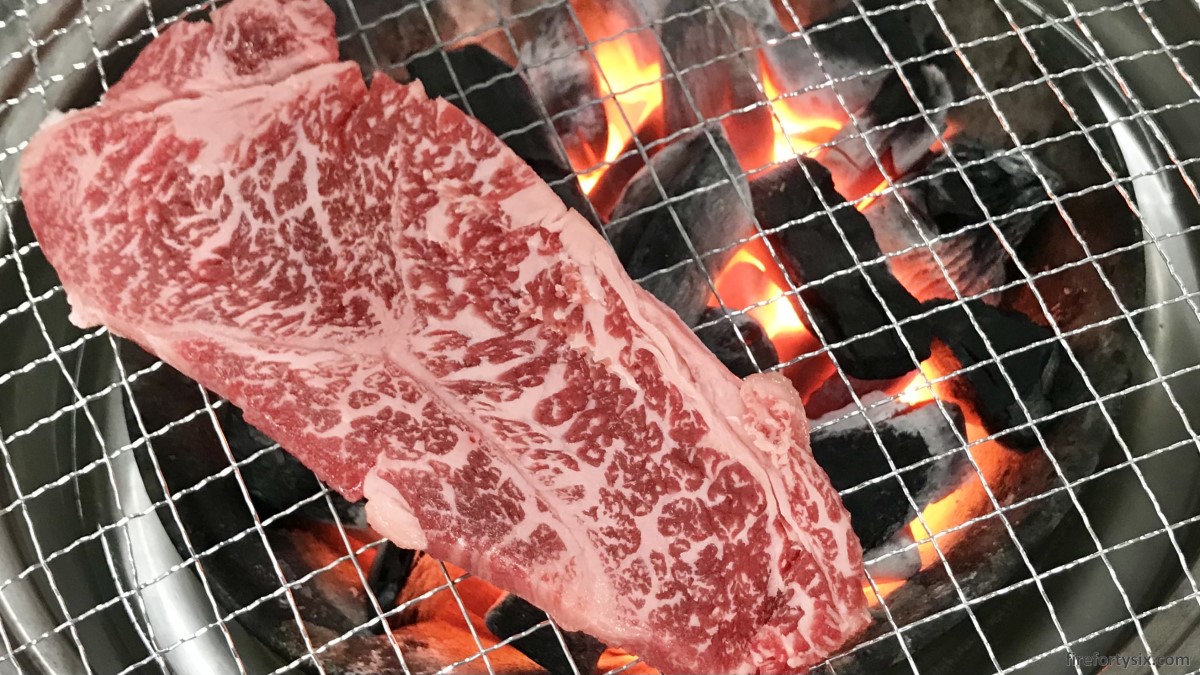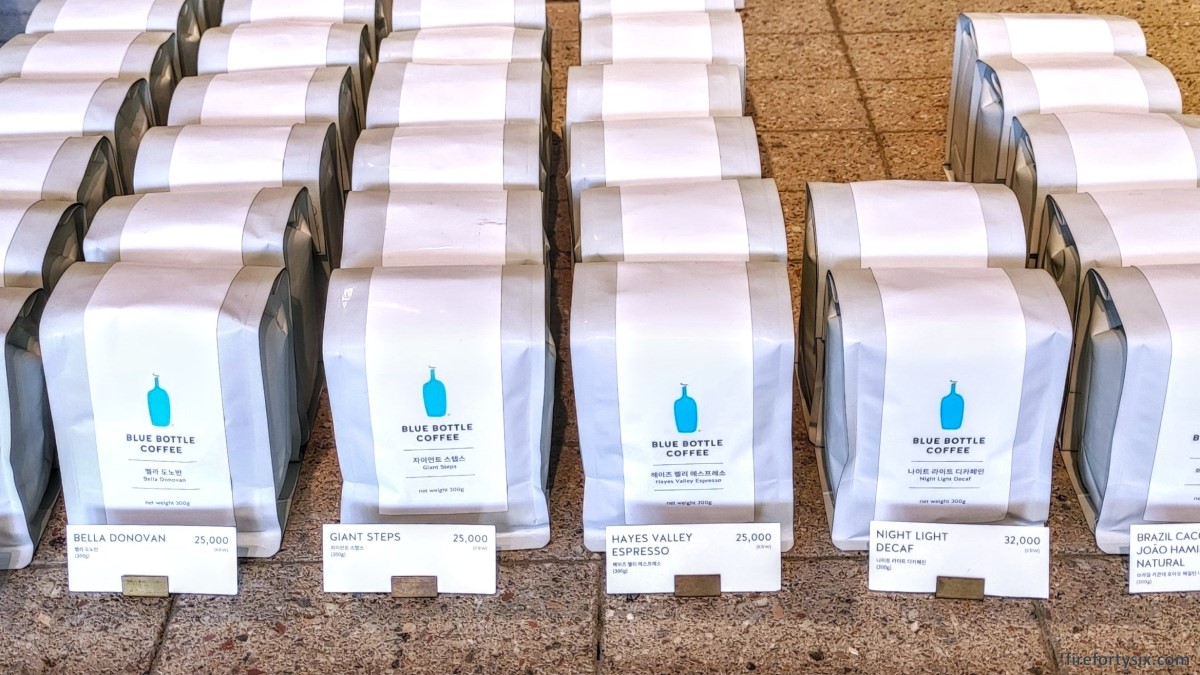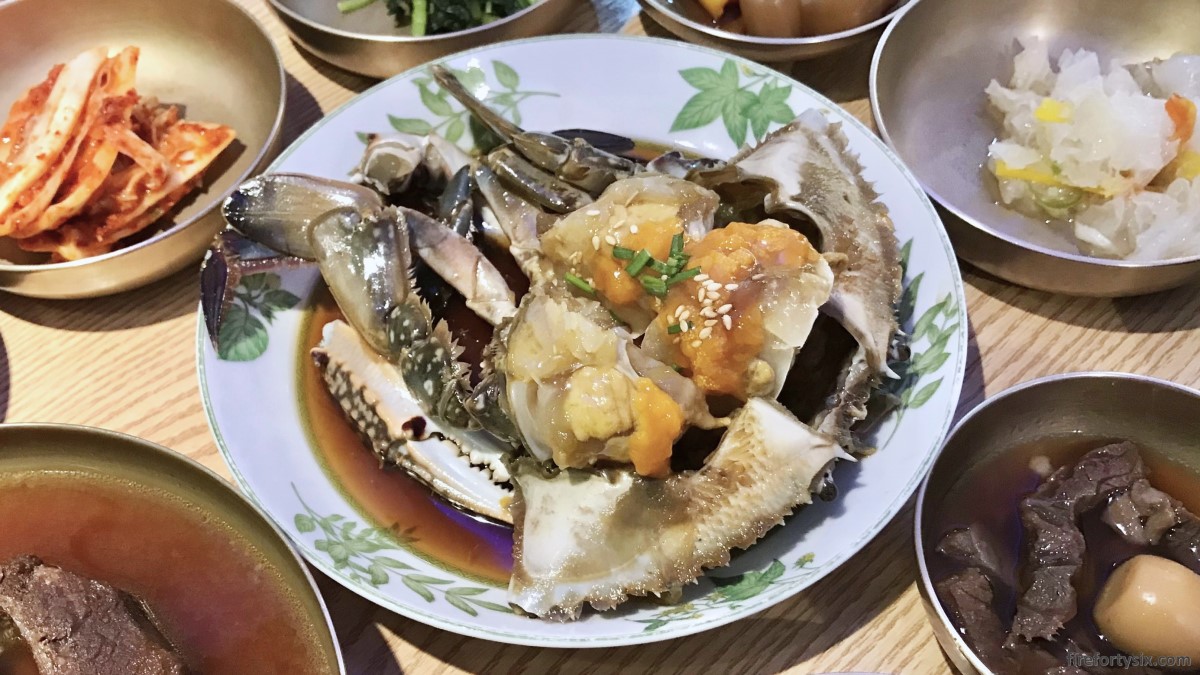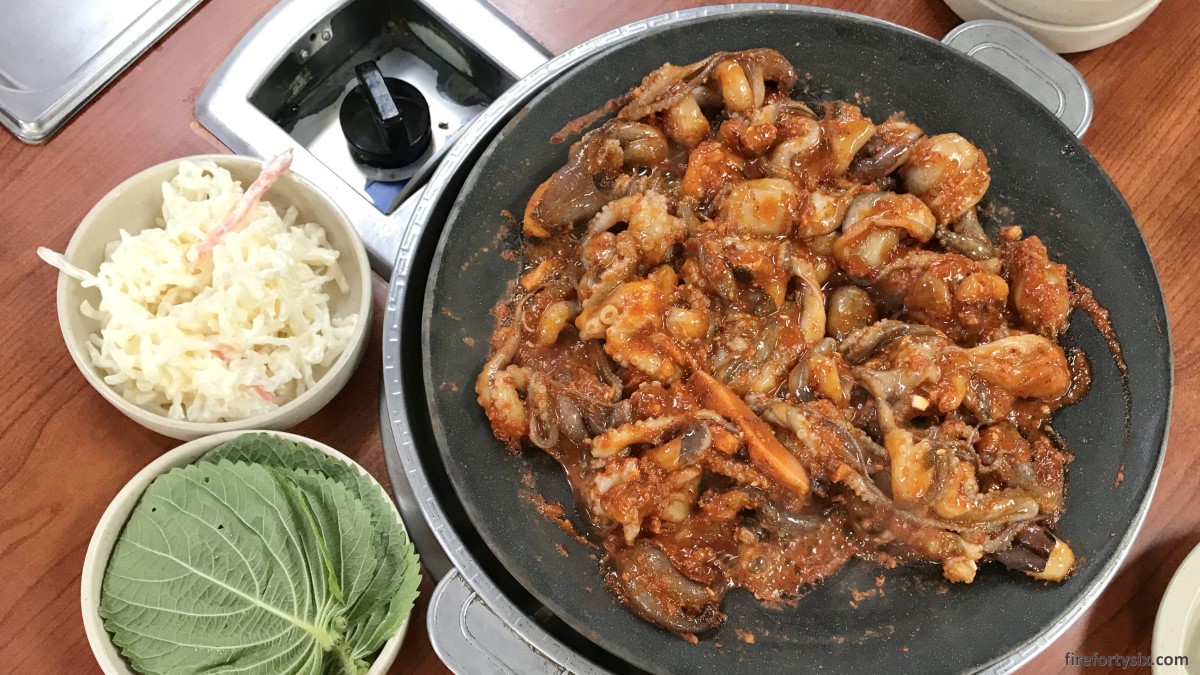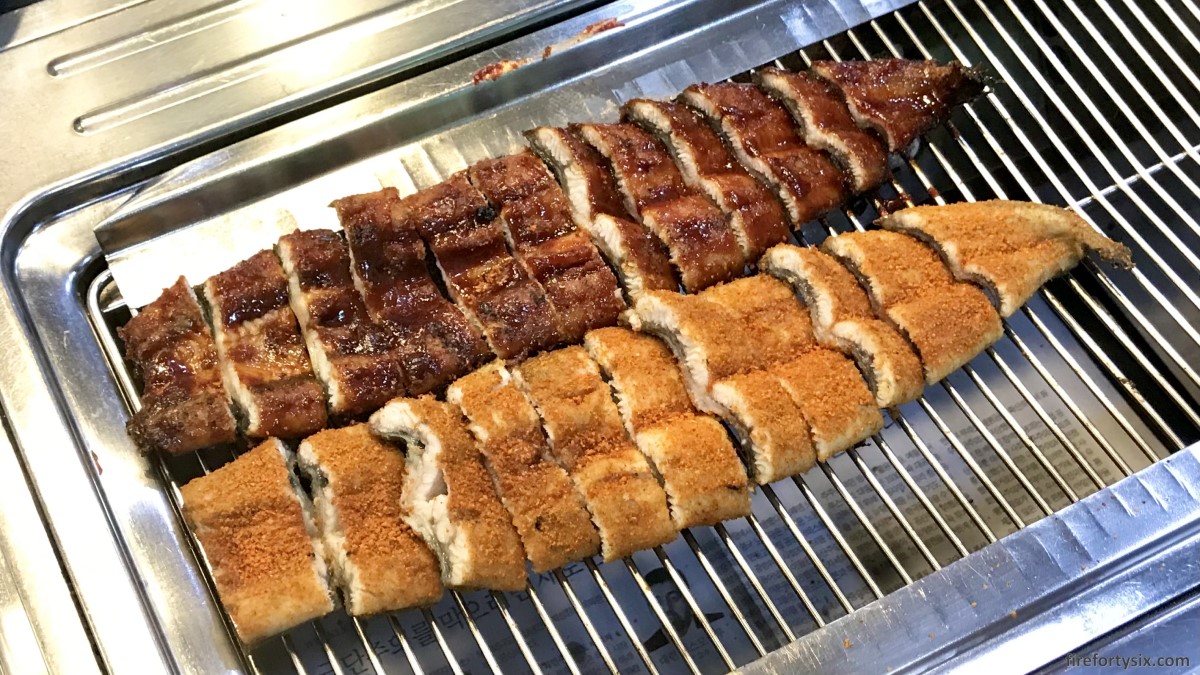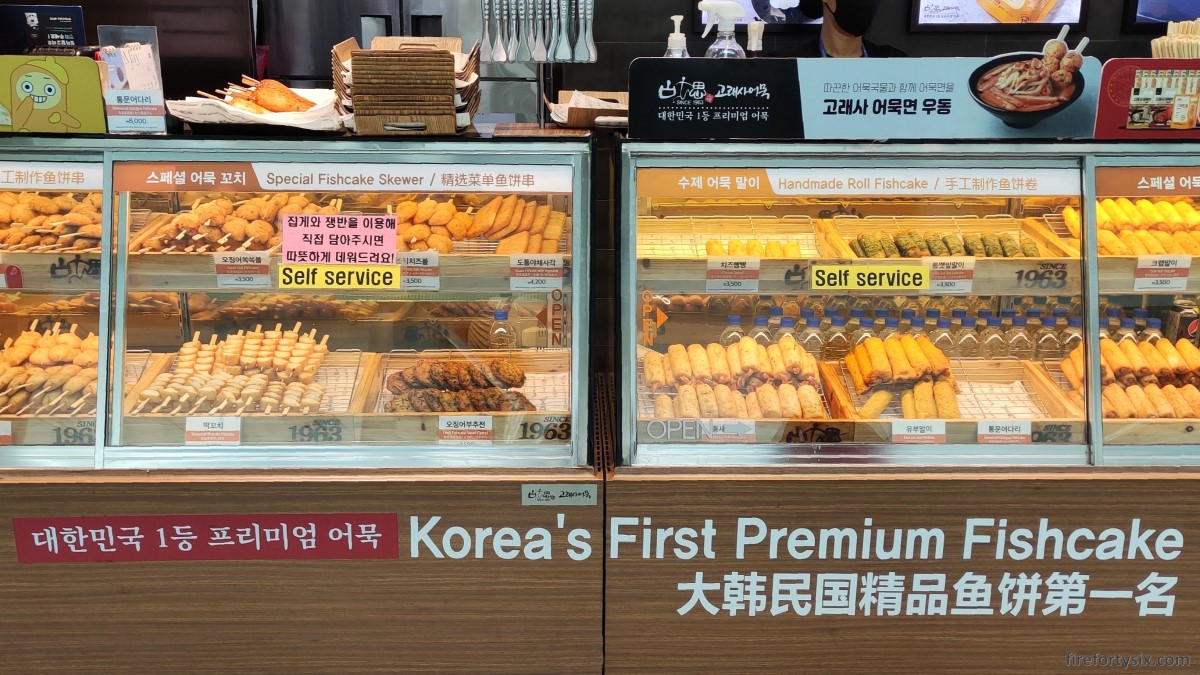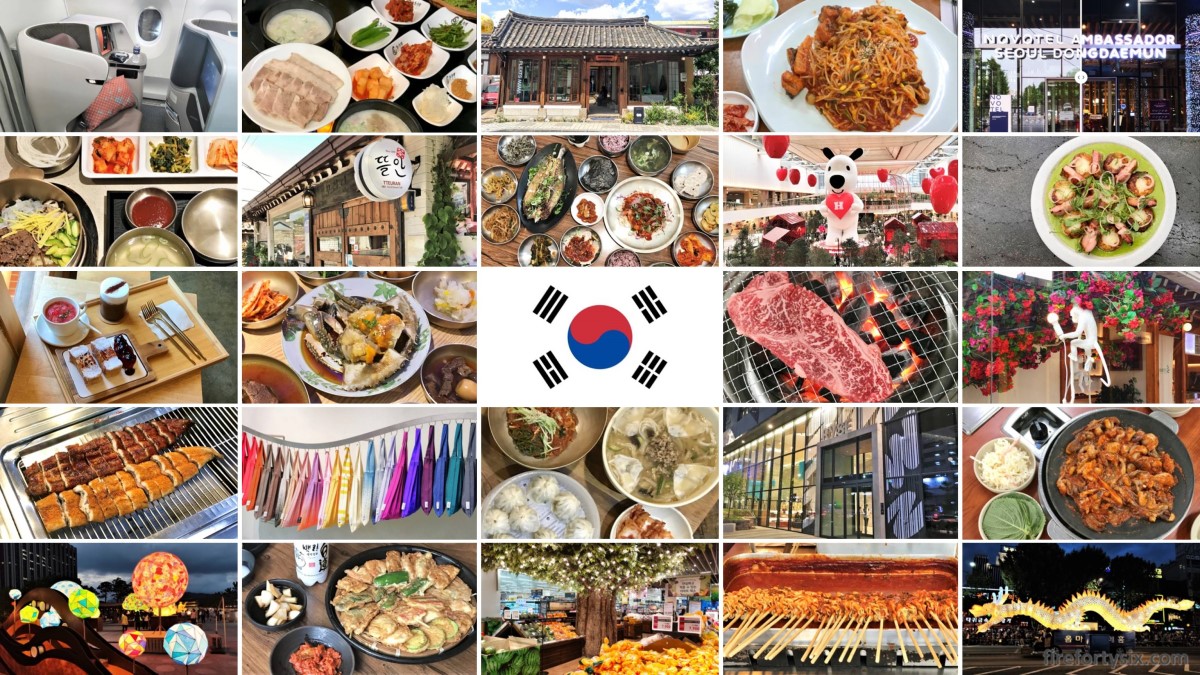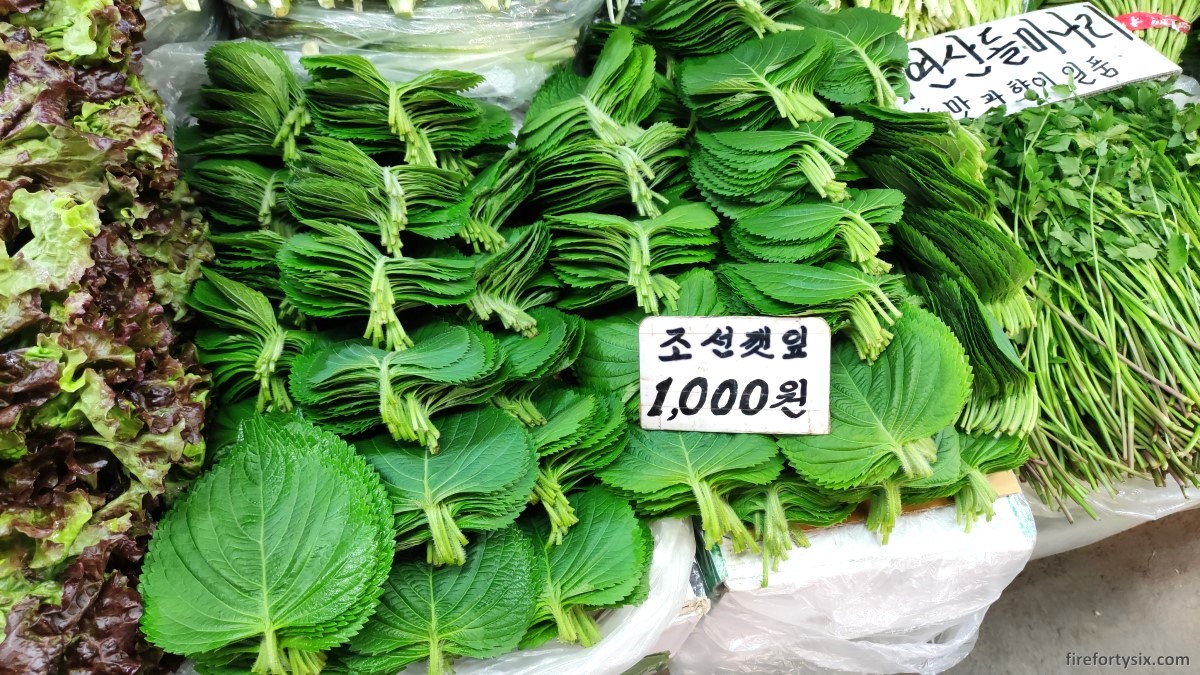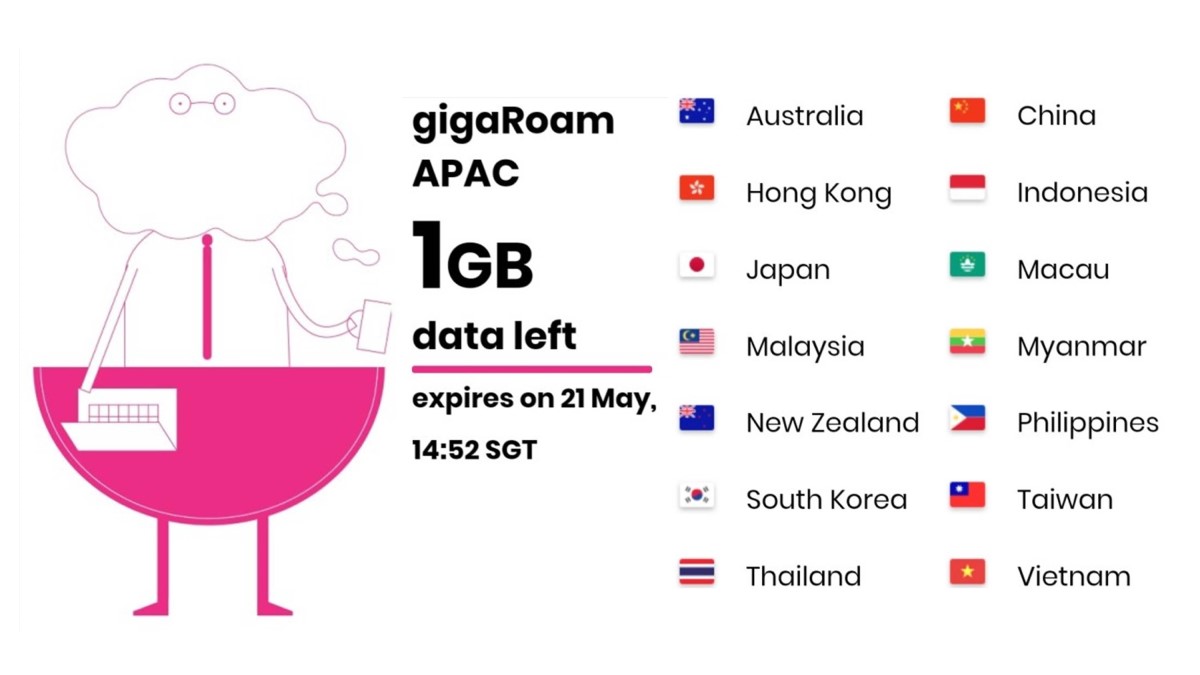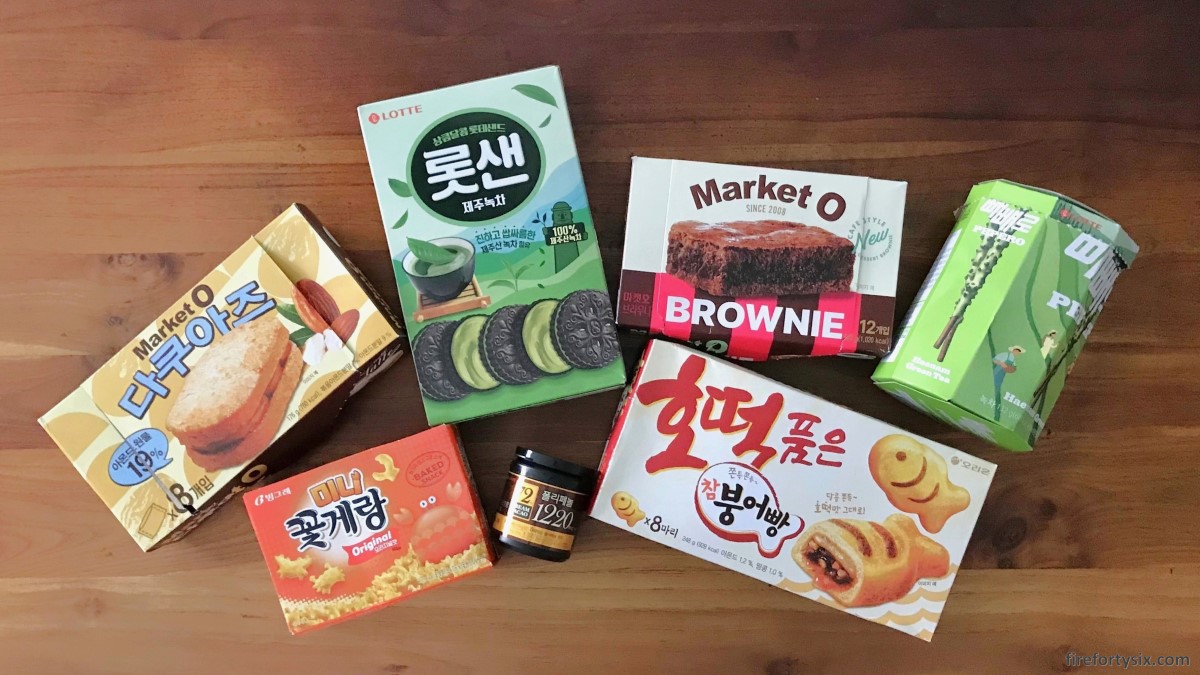One thing we like to do when visiting a foreign city is to explore grocery stores and traditional markets. It gives us a chance to glimpse into the lives of people going about their day-to-day activities.
In Seoul, the most famous market, or sijang (시장), is Gwangjang Market. It has always been well-known, but has been made even more popular because of the “Netflix Lady” kalguksu store.
We usually order bindaetteok or bibimbap there, washed down with a bottle of fizzy makgeolli. While it attracts both residents and tourists, you’re more likely to see more foreigners than Koreans.
The other place that we recently visited is Mangwon Market, renowned for its wide selection of reasonably-priced street food. Because of its international fame, it also tends to be populated with overseas visitors.
In an attempt to experience the atmosphere of a truly local sijang, we decided to head further east to Yongdu-dong. Where the Gyeongdong Market (경동시장) is located (Naver Maps, Google Maps) , deep within the neighbourhood of Dongdaemun-gu.
Once you exit Jegidong station (Line 1) and start navigating your way to the market, if feels like you’ve left the modern metropolis of Seoul far behind.
Instead of airconditioned malls, clothes are sold out in the open by roadside vendors. Which made me wonder how pants, for example, were tested for fit. And before you ask, no, we didn’t see any ajusshis in their underwear.
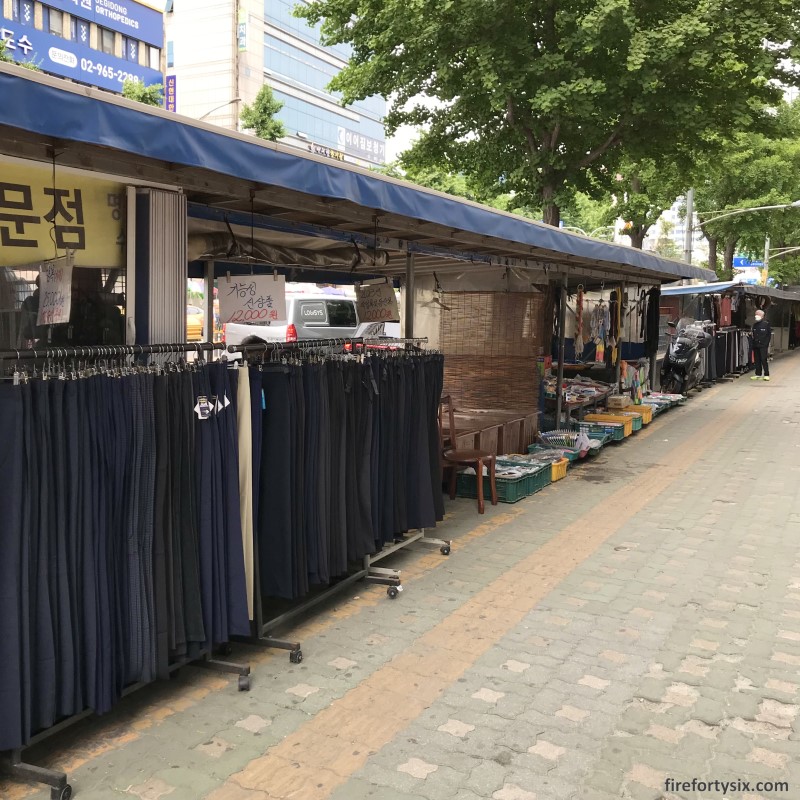
Gyeongdong is one of South Korea’s largest herbal medicine and ginseng wholesale markets, and it’s evident by the sheer number of shops selling all sorts of dried products.
Some were familiar given their likeness to ingredients used in traditional Chinese medicine, but many of the items displayed were totally alien to us.
Especially the numerous stacks of what essentially were dried logs and tree bark, including some that looked dangerously spiky. We had no idea how they would be used, but it was probably safe to assume that would be used to brew some sort of health tonic.
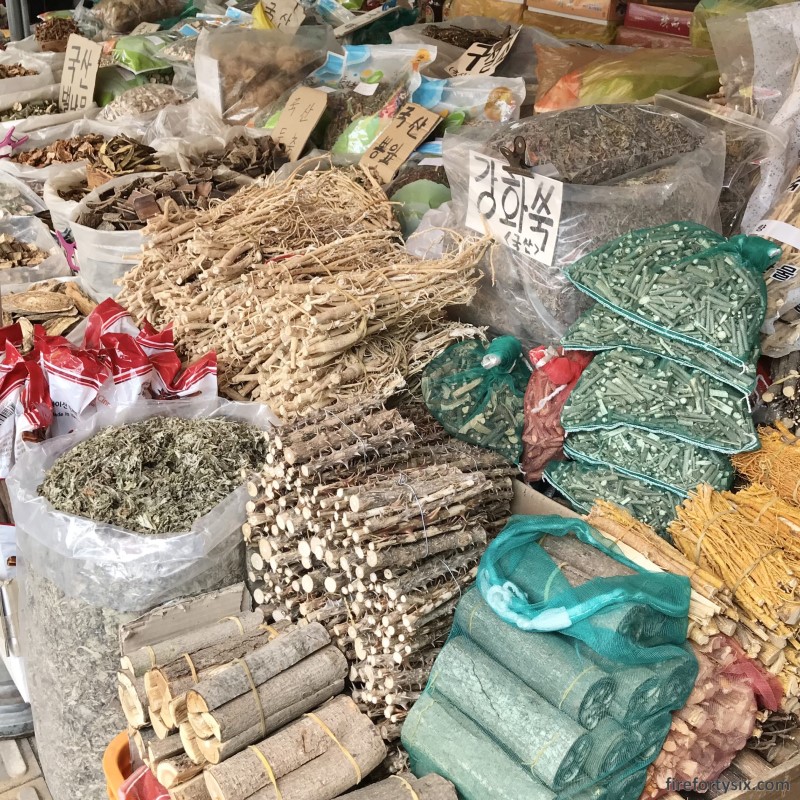
For a market that’s been around since 1960, the main façade looked surprisingly clean, white and modern. Many cars and trucks were zipping in and out, so we walked further down and found the more pedestrian-friendly entrance number 4.
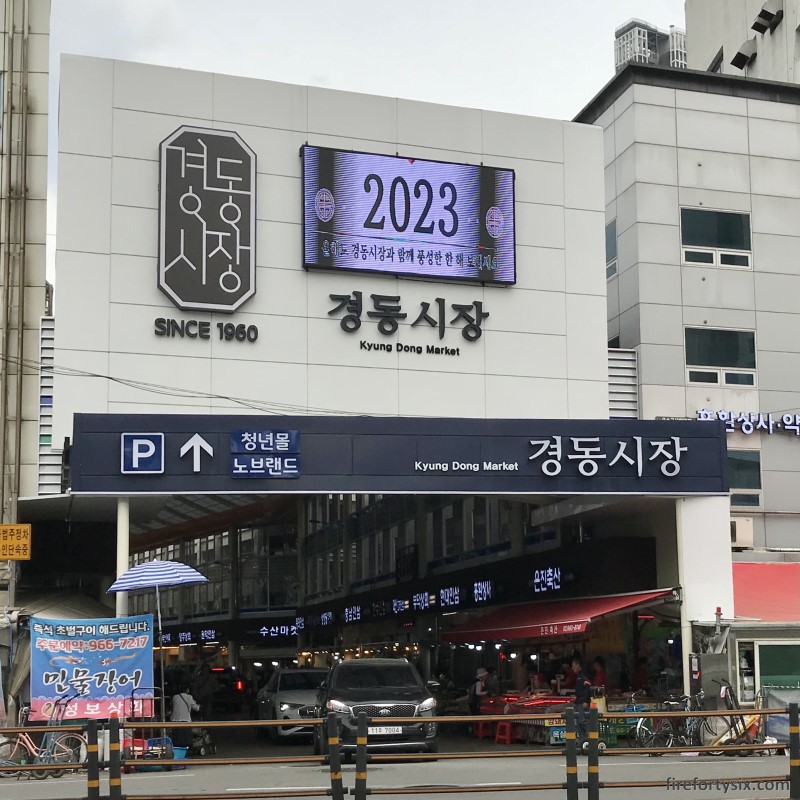

It was quite late in the afternoon when we go there, which would explain the sparse crowd walking down the wide aisles. They were all sporting similar attire, and had backpacks or trolleys to lug their purchases home.
I imagine that it would have been bustling with even more halmonis, harabojis, ajummas and ajusshis just a few hours earlier.
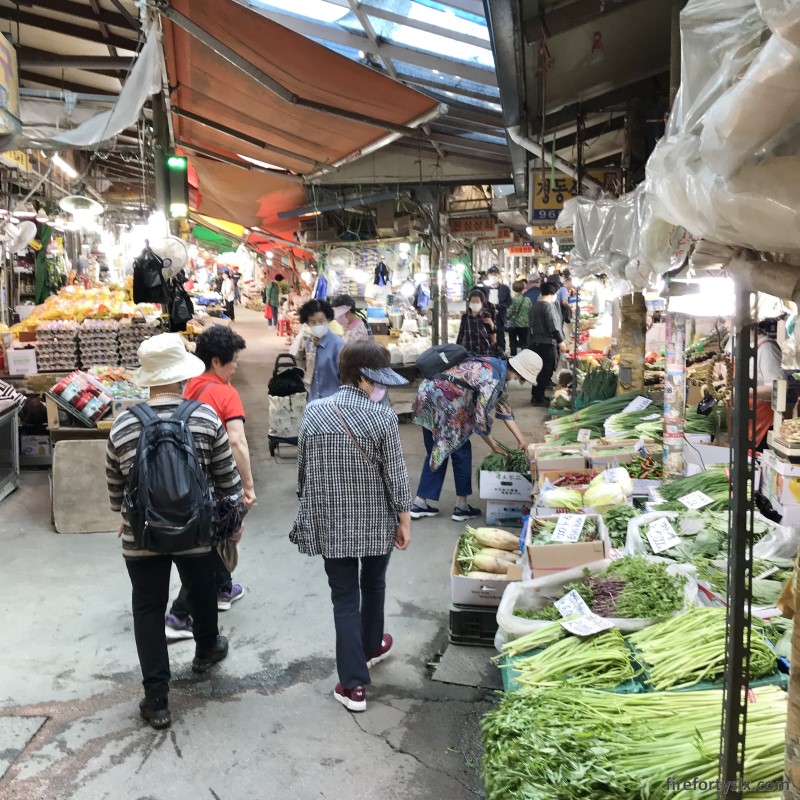
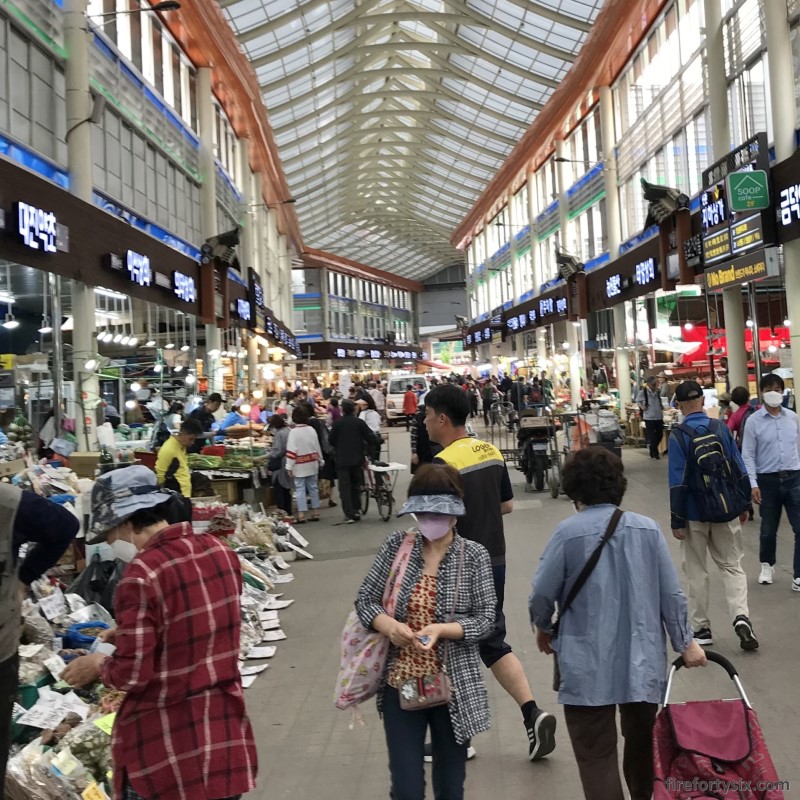
We were probably the youngest people there. That is, if you exclude the fit delivery men in their uniforms pali pali’ing around.
Despite the relatively late hour, there was still an abundant amount of fresh produce for sale. Including big basins of pre-prepared vegetables, ready to be made into different banchans.
Mounds of different varieties of potatoes, boxes of even more varieties of red and green chillies and some of the largest aloe vera leaves that I’ve ever seen in my life.
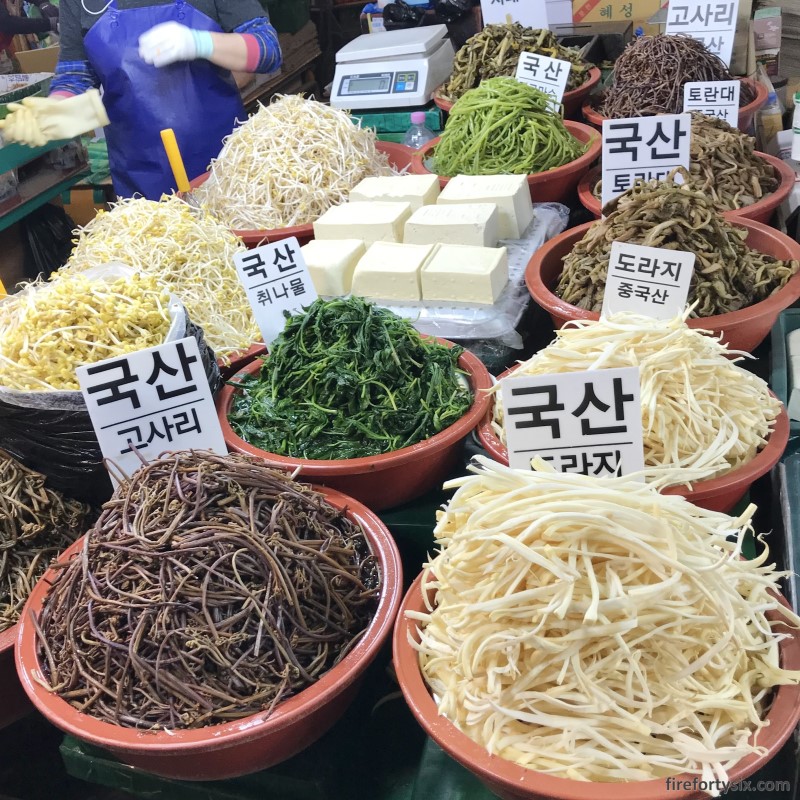
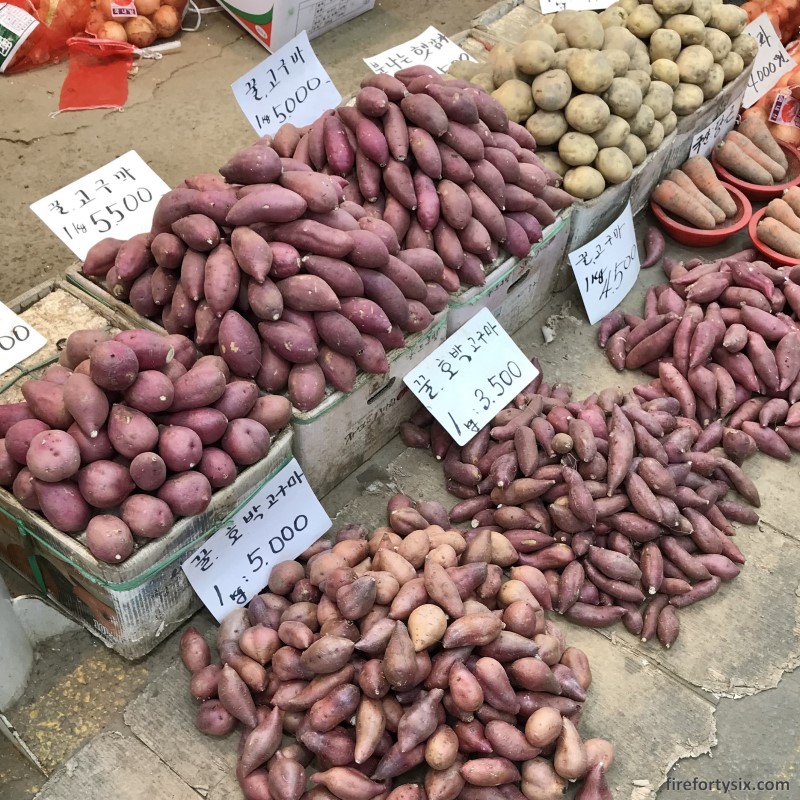
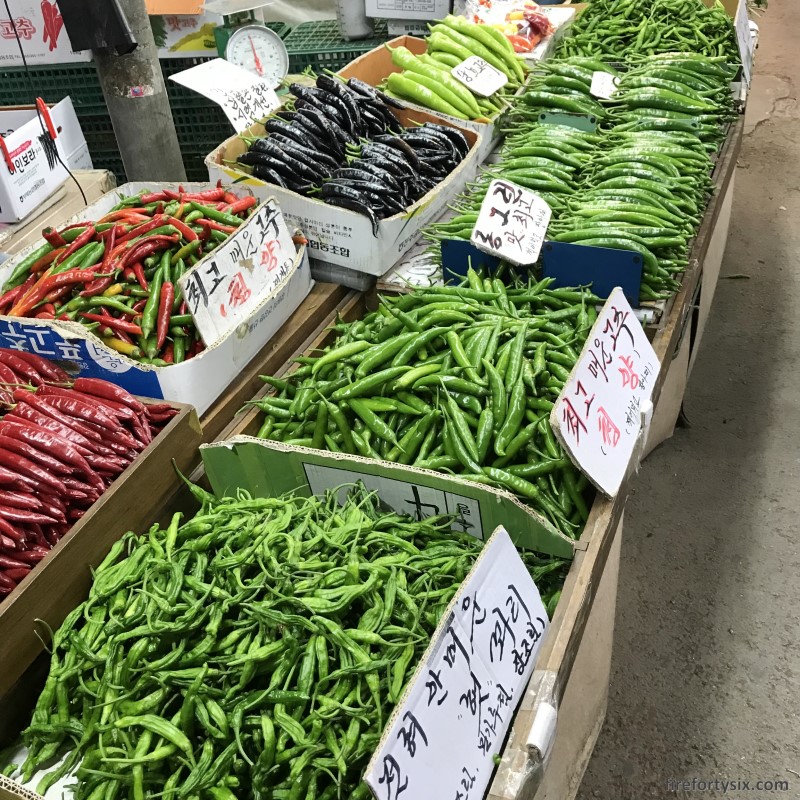
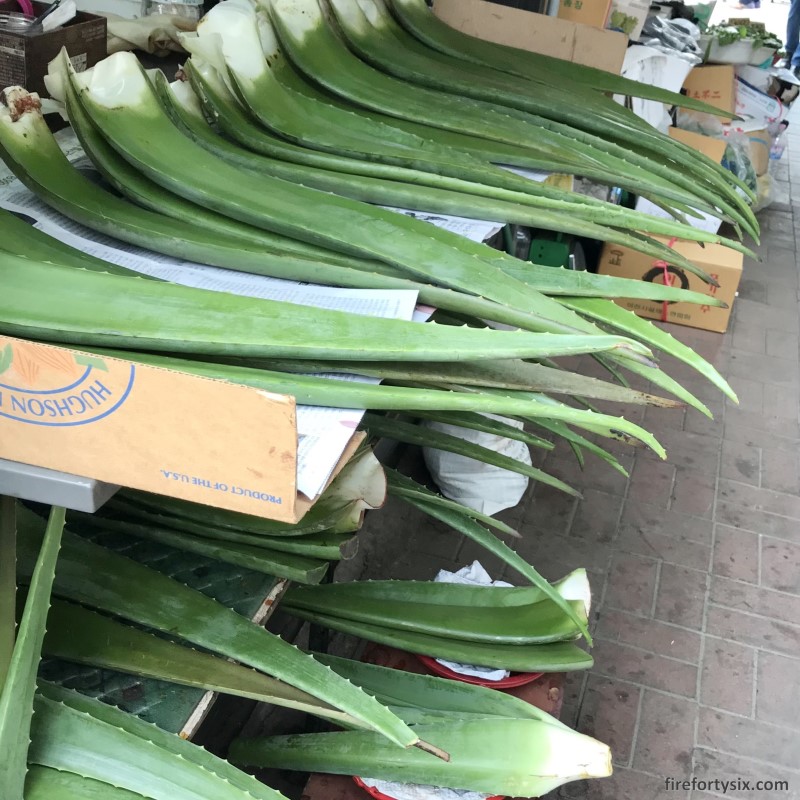
There were also many stalls selling other local necessities like dried fish, which were beautifully bound in bright yellow strong. As well as charcoal briquettes with their geometrically-pleasing cross sections.
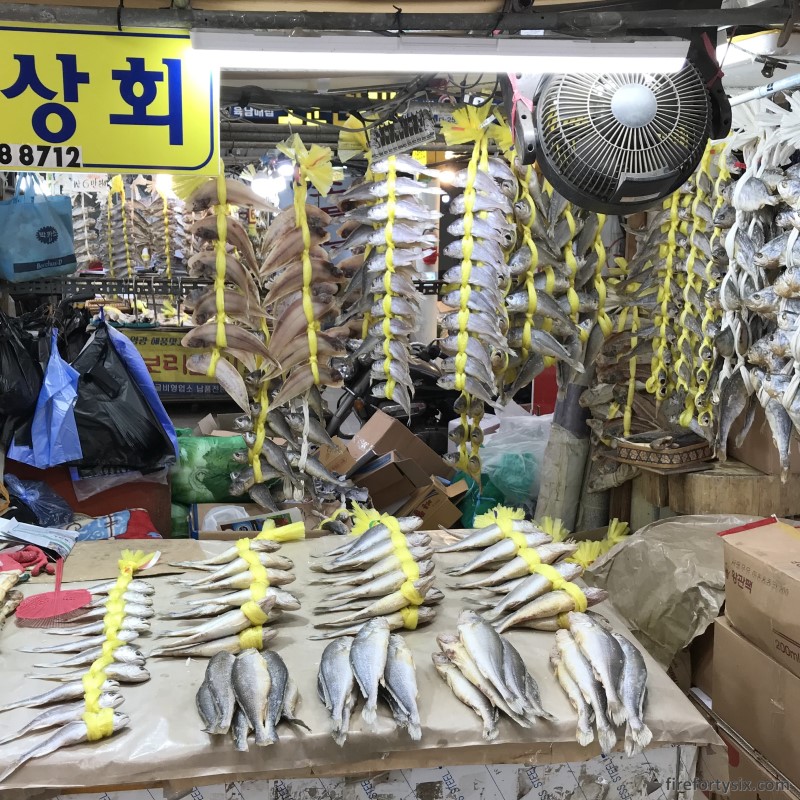
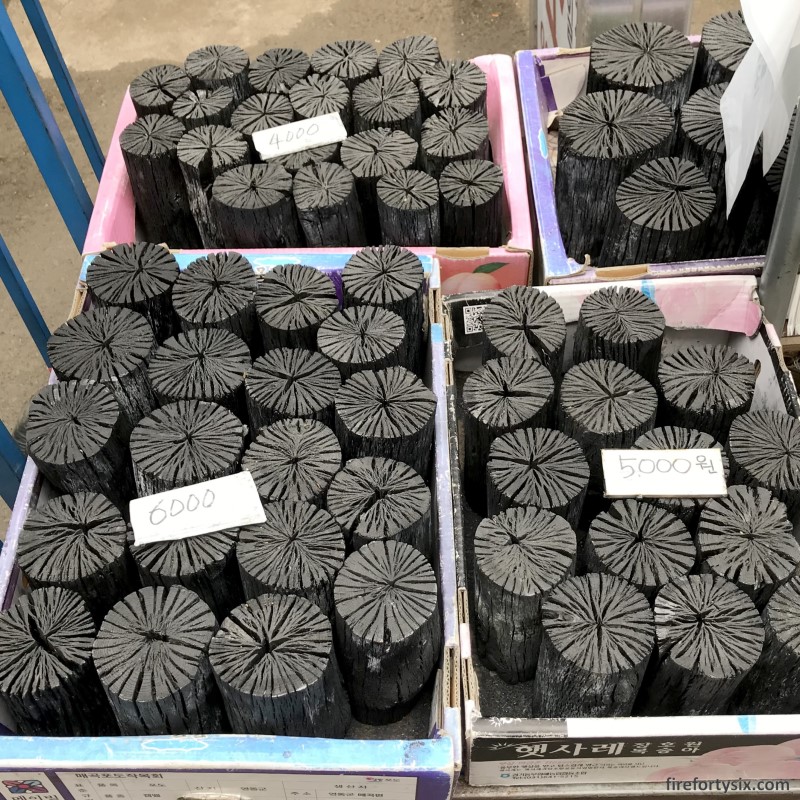
On both aisles of a covered street in the indoor complex were countless shops advertising their ginseng. There many different varieties and grades, all sold at widely varying price points.
We were tempted to buy some home to add into our herbal soups, but we had no idea how to tell which were considered good. Also, the minimum purchase order would probably have lasted us several months.
Ginseng is a prized ingredient in Chinese cuisine, and its mere presence makes any dish instantly appear luxurious. The wow factor is particularly effective when it comes to the elderly.
In a future trip, after doing some research, maybe we would attempt to procure some reasonably-priced ones home to impress The Old Folks. I’m guessing that they’d probably assume that it was really expensive.
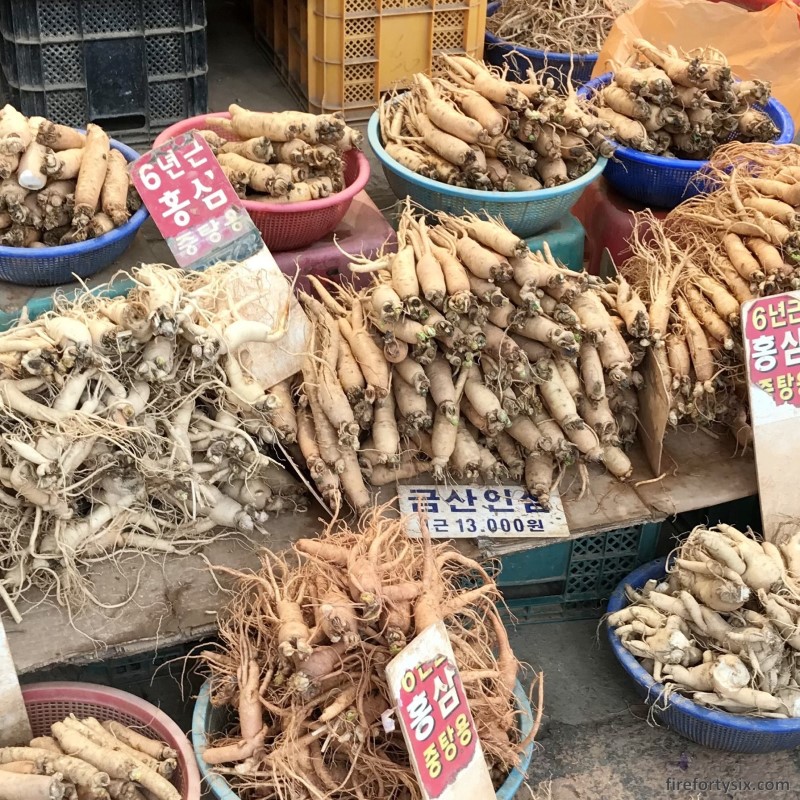
What we did end up buying though, was kkaennip, and lots of it.
The bright green bunches of perilla leaves that were on display looked so fresh and so enticing that The Wife couldn’t help herself. Ever since we tried raw kkaennip for the first time in a salad at Hanilkwan, she’s been quite enamoured.
At only ₩1,000 per stack, she ended up choosing five bunches or almost 100 leaves, weighing a total of around 100 grams. It was a bargain, given that they would have easily cost 5x more back home and wouldn’t be as fresh.
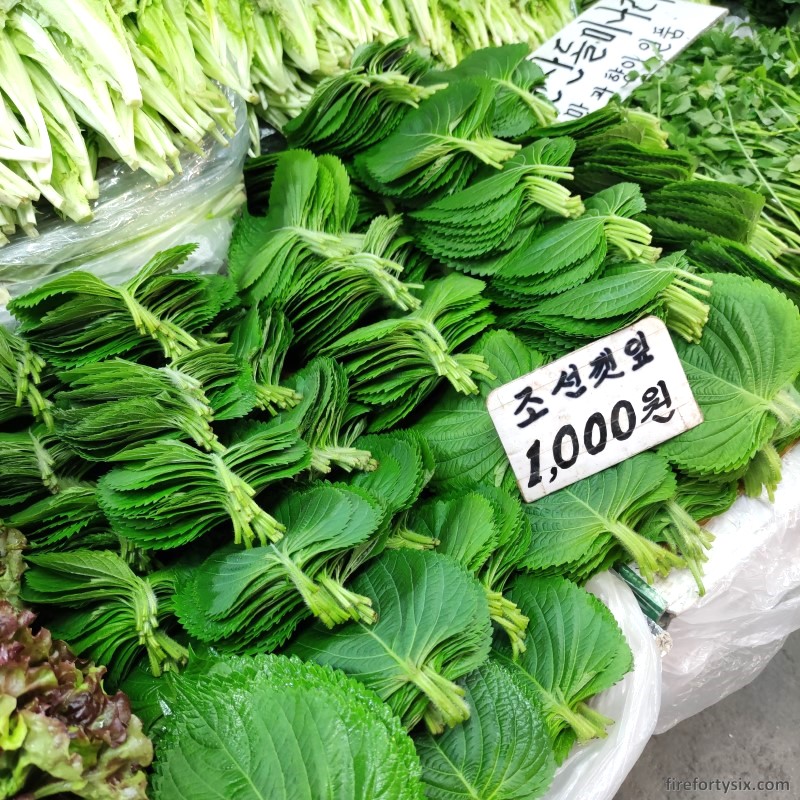
Compared to Gwangjang and Mangwon, the market at Gyeongdong was definitely a more local sijang experience. It’s not your typical tourist attraction, but it does offer a peek into the daily lives of elderly Koreans.
